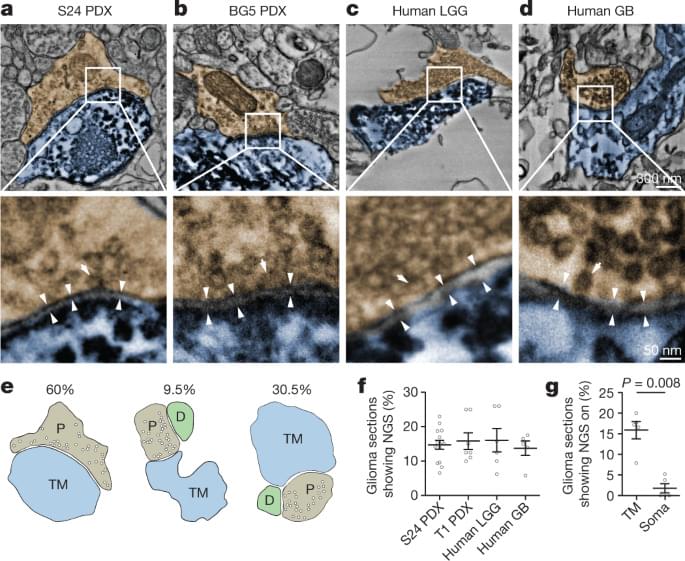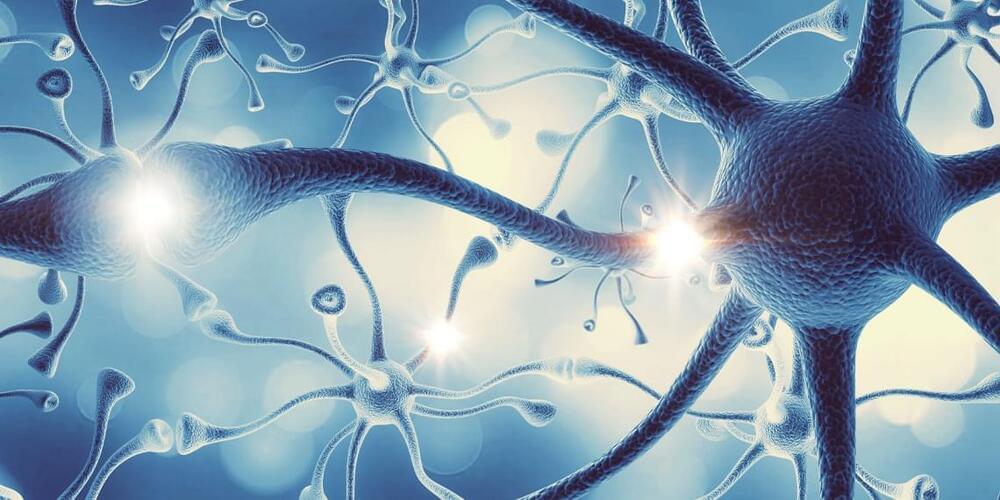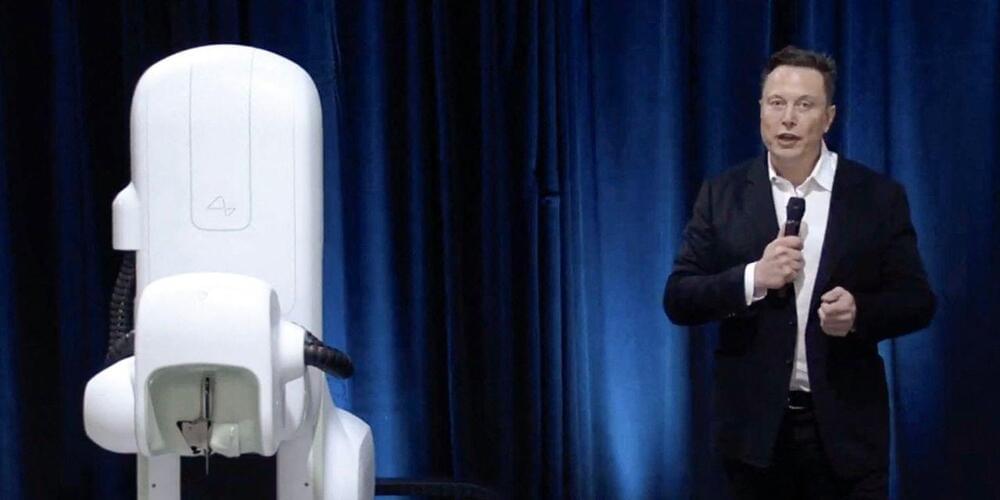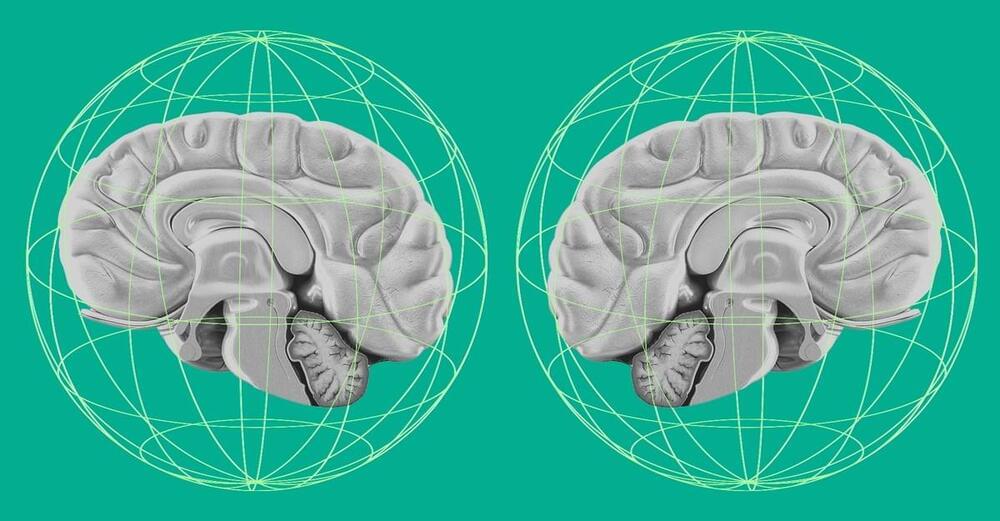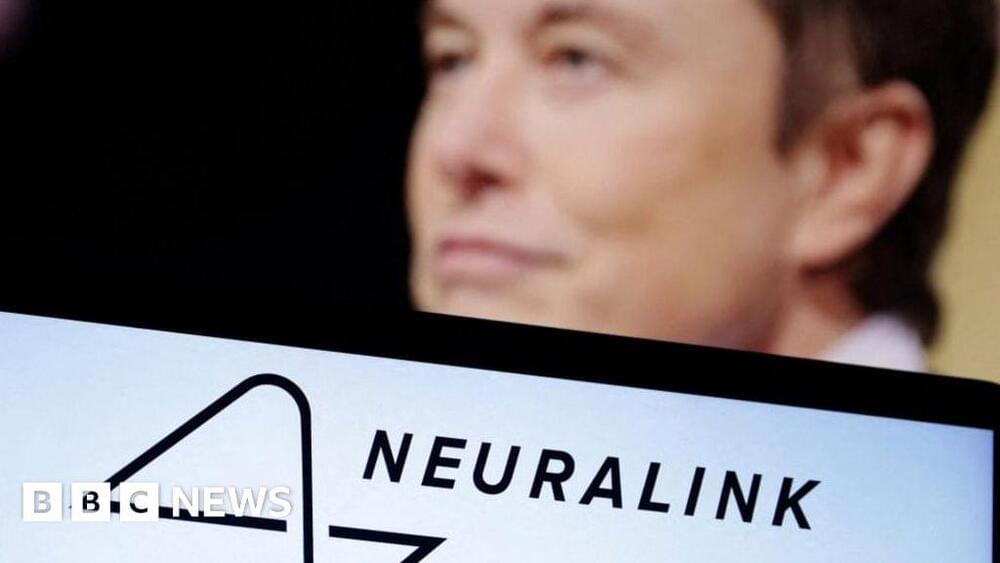But they’re not the only ones. Multiple companies are working on haptic devices, like gloves or vests, to add a sense of touch to virtual experiences. And now, researchers are aiming to integrate a fourth sense: smell.
How much more real might that peaceful meadow feel if you could smell the wildflowers and the damp Earth around you? How might the scent of an ocean breeze amplify a VR experience that takes place on a boat or a beach?
Scents have a powerful effect on the brain, eliciting emotions, memories, and sometimes even fight-or-flight responses. You may feel nostalgic with the cologne or perfume a favorite grandparent wore, comforted by a whiff of a favorite food, or extra-alert to your surroundings if it smells like something’s burning.


